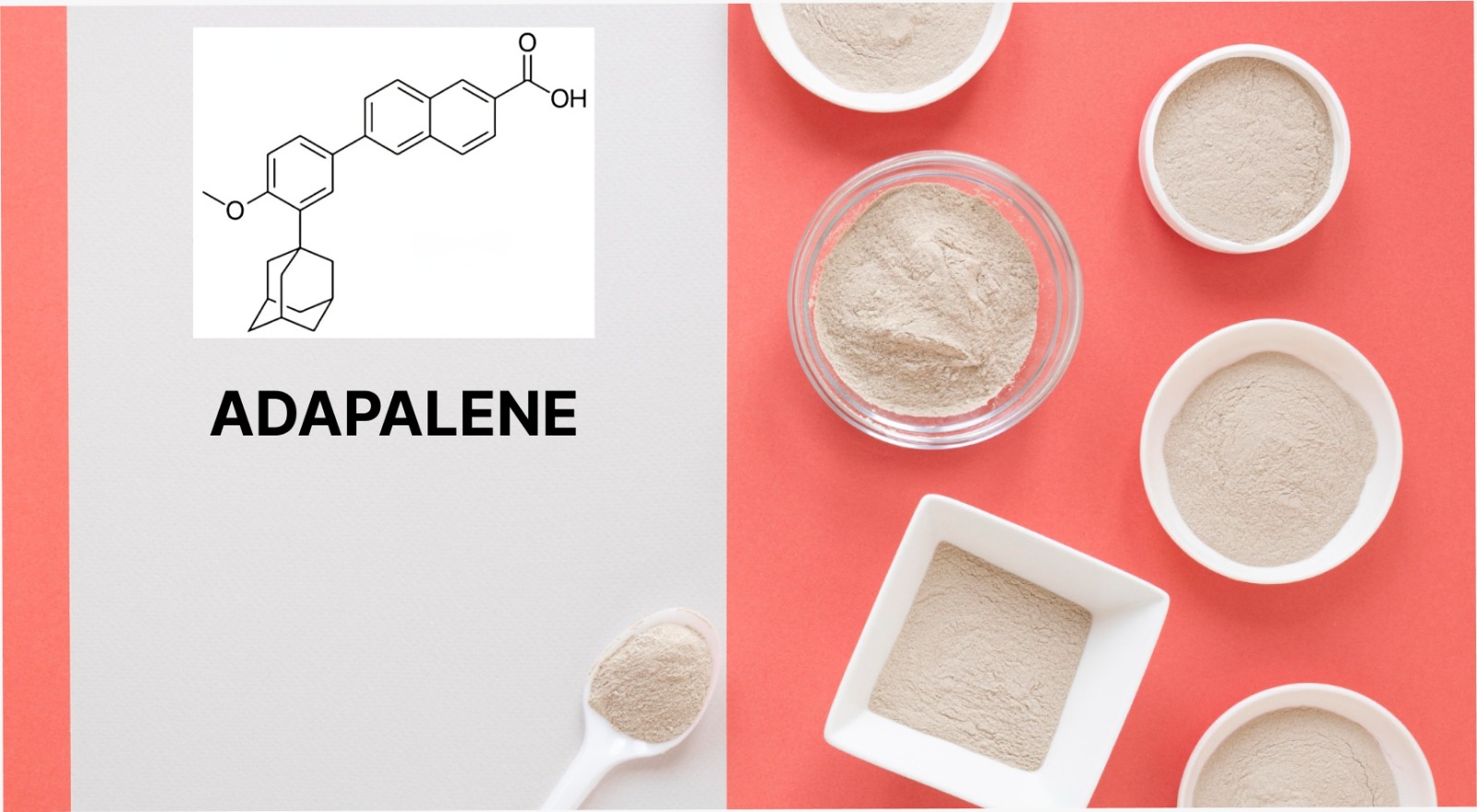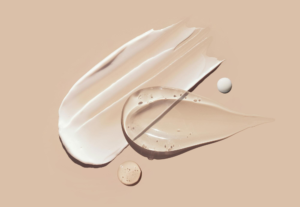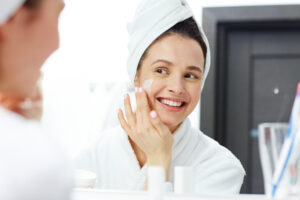
Acne can be a frustrating battle. Whether it’s a persistent breakout or the occasional pimple that won’t go away, the right treatment often comes down to choosing the best ingredients.
Acne treatments aren’t one-size-fits-all, and understanding the science behind active ingredients can make a world of difference in finding what works for your skin. Here’s a guide to the most effective active ingredients that dermatologists and skincare enthusiasts swear by.
Why Active Ingredients Matter in Acne Treatments
The active ingredient is the star player in any skincare product. It’s the component that directly addresses your skin concerns, whether that’s unclogging pores, reducing inflammation, or killing acne-causing bacteria. Knowing which ingredients target your specific type of acne is key to building a routine that delivers real results.
1. Adapalene: A Game-Changing Retinoid
Adapalene has revolutionized over-the-counter acne treatments. This FDA-approved retinoid is designed to tackle acne at its root.
- How It Works Adapalene regulates skin cell turnover, keeping pores clear and preventing clogged hair follicles. It also has anti-inflammatory properties, making it effective against red, inflamed pimples.
- Who Should Use It Those with moderate to severe acne, blackheads, and whiteheads.
- How to Use It Apply a thin layer to clean, dry skin at night. Start every other day to allow your skin to adjust. Don’t forget sunscreen—retinoids make your skin more sensitive to sunlight.
Why Choose Chemignition Laboratory as Your Adapalene?
As a leading manufacturer and supplier of adapalene API, Chemignition Laboratory offers unparalleled expertise in manufacturing. Here’s why acne product developers trust us:
- GMP-Certified Production: Our state-of-the-art facilities ensure premium quality at every stage.
- Regulatory Expertise: We handle DMF registration and compliance with global regulatory standards.
- Scalable Solutions: Whether you need small-scale production or large-volume batches, we’ve got you covered.
- Customized Offerings: From purity levels to packaging, we tailor our solutions to meet your needs.
- On-Time Delivery: Our robust supply chain ensures timely delivery, every time.
Explore a leading manufacturer of APIs.
With over 10 years of expertise, we ensure GMP compliance and provide reliable, high-quality solutions.
2. Salicylic Acid: The Pore Cleaner
Salicylic acid is one of the most popular acne treatments-fighting ingredients and for good reason.
- How It Works As a beta hydroxy acid (BHA), it penetrates deep into the skin to dissolve oil and dead skin cells, unclogging pores and reducing blackheads and whiteheads.
- Who Should Use It Ideal for oily and acne-prone skin.
- How to Use It Choose a cleanser or serum with 0.5% to 2% salicylic acid. Use once a day and gradually increase if needed.
3. Benzoyl Peroxide: The Bacteria Killer
Benzoyl peroxide is a dermatologist favorite for fighting acne-causing bacteria.
- How It Works It kills acne-causing bacteria (Propionibacterium acnes) and reduces inflammation while helping to shed dead skin.
- Who Should Use It Best for inflamed acne, like pustules or cysts.
- How to Use It Start with a lower concentration (2.5%) to minimize irritation, then gradually increase if needed. Always pair it with a moisturizer to avoid dryness.
4. Niacinamide: The Skin Soother
Niacinamide is a form of vitamin B3 that brings balance to your skin.
- How It Works It regulates oil production, reduces redness, and strengthens your skin’s barrier, making it less prone to irritation.
- Who Should Use It Anyone dealing with sensitive, oily, or combination skin.
- How to Use It Incorporate it as a serum or moisturizer with 5% niacinamide for noticeable results. It’s also a great ingredient to layer with others.
5. Sulfur: The Oil Absorber
Sulfur may sound old-school, but it’s a timeless solution for oily and acne-prone skin.
- How It Works It absorbs excess oil, clears pores, and has antibacterial properties to fight mild to moderate acne.
- Who Should Use It Great for blackheads and whiteheads or oily skin types.
- How to Use It Use it as a spot treatment or in a mask once a week. It can be drying, so don’t overuse it.
6. Azelaic Acid: The Dark Spot Fader
This underrated ingredient does more than fight acne. It also helps fade post-acne marks.
- How It Works Azelaic acid reduces bacterial growth, clears clogged pores, and evens skin tone by fading dark spots.
- Who Should Use It Perfect for sensitive skin types dealing with redness or discoloration.
- How to Use It Apply a cream or gel containing 10% to 20% azelaic acid twice daily.
7. Acne treatments Retinoids: The Cell Turnover Expert
Beyond adapalene, other retinoids like tretinoin (prescription) and retinol (OTC) are great for acne-prone skin.
- How They Work They speed up cell turnover, which prevents clogged pores and smooths the skin over time.
- Who Should Use It Those with persistent acne or acne scars.
- How to Use It Apply a small amount at night. Use a moisturizer to combat dryness, and always use sunscreen in the morning.
8. Acne treatments Tea Tree Oil: A Natural Alternative
Tea tree oil offers a gentler, natural option for treating acne.
- How It Works It has antimicrobial and anti-inflammatory properties that target acne-causing bacteria and soothe the skin.
- Who Should Use It Best for mild acne or as a supplementary treatment.
- How to Use It Dilute with a carrier oil and apply to problem areas. Be cautious—it can be irritating if used undiluted.
9. Alpha Hydroxy Acids (AHAs): Surface Exfoliators
AHAs like glycolic acid and lactic acid help smooth your skin while treating acne scars.
- How They Work They exfoliate the surface of your skin, fade acne marks, and improve texture.
- Who Should Use It Ideal for dry or combination skin.
- How to Use It Look for toners or serums with 5% to 10% AHAs and use them at night.
10. Zinc: The Inflammation Tamer
Zinc is a mineral that works wonders for calming inflamed skin and balancing oil production.
- How It Works It reduces redness, acne-causing bacteria, and oiliness.
- Who Should Use It Those with moderate acne and redness.
- How to Use It Apply topical zinc or consult a dermatologist about supplements.
11. Clay: The Detoxifier
Clay, like bentonite or kaolin, is a tried-and-true ingredient for oily skin.
- How It Works It absorbs oil, detoxifies pores, and reduces shine.
- Who Should Use It People with oily skin or large pores.
- How to Use It Use a clay mask once or twice a week for refreshed skin.
Adapalene is one of the best treatments for acne because it effectively targets multiple causes of breakouts while being gentle enough for most skin types. As a third-generation retinoid, it regulates skin cell turnover, preventing dead cells from clogging pores—a primary trigger for blackheads, whiteheads, and inflammatory acne.
Its anti-inflammatory properties help reduce redness and swelling, making it especially useful for treating red, painful pimples.
Adapalene is widely accessible over the counter in formulations like Differin gel, making it a convenient option for those seeking dermatologist-recommended results without a prescription. With regular use, it not only clears active acne but also helps prevent future breakouts and improves overall skin texture, offering a well-rounded solution for acne-prone skin.
FAQs
What is Acne?
Acne is a common skin condition that occurs when hair follicles become clogged with oil (sebum), dead skin cells, and sometimes bacteria. It often appears as pimples, blackheads, whiteheads, or cysts on the face, chest, back, and shoulders.
What Are Active Ingredients?
Active ingredients are the key components in a product that are specifically included to address a particular issue or provide a desired effect.
Adapalene use for Acne treatments?
Yes, Adapalene is a topical retinoid that has become a popular and effective choice for treating acne.
What is a Retinoid?
Retinoids are a class of compounds derived from vitamin A that are widely used in skincare and medicine. They are best known for their ability to treat acne, reduce signs of aging, and improve overall skin texture and tone



